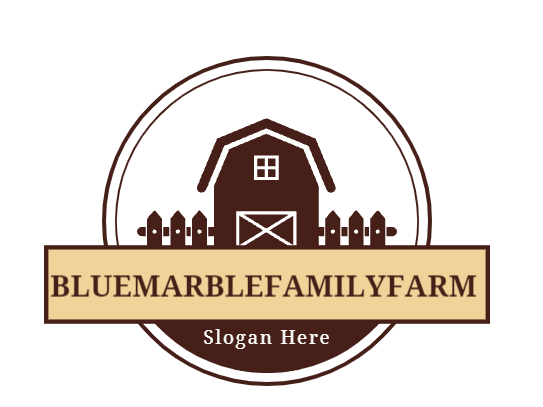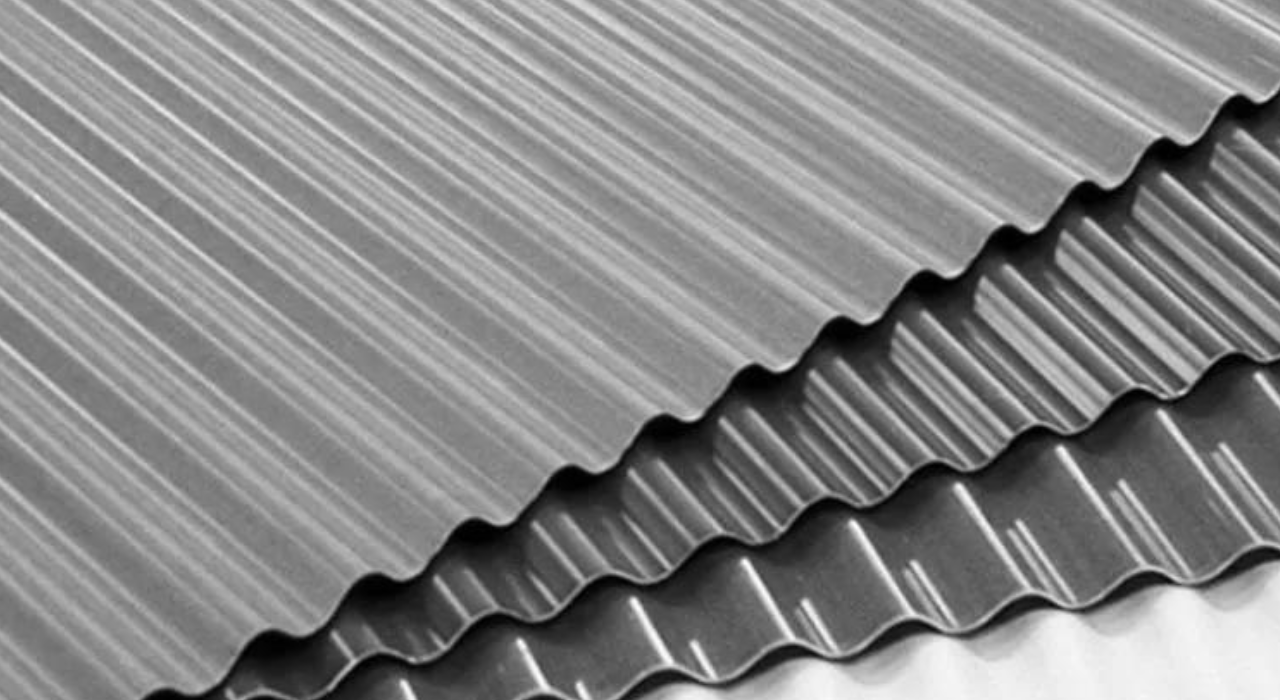Perforated metal ceilings are valued for their sturdiness in diverse environments. Composed of strong substances like aluminum or stainless steel, they face up to corrosion, humidity, and mechanical stress. The perforations not only enhance aesthetic appeal but also promote airflow and acoustical overall performance, making them appropriate for various applications from industrial places of work to industrial facilities.
Their toughness is further reinforced through superior coating technologies that resist fading and hold structural integrity over time. These ceilings provide a sustainable choice due to their recyclability and energy efficiency, contributing to green building certifications. To view more detail about the perforated metal ceiling panels must visit its website. Basic, perforated metal ceilings are a dependable desire for architects and developers in search of long-lasting, versatile, and aesthetically pleasing ceiling solutions.
Essential Components of Perforated Metal Ceiling Panels
Perforated metal ceiling panels are utilized in different structural and modern applications for their acoustic properties, and strength. The crucial components of those panels include
Base Material
Perforated metal ceiling panels' durability and aesthetic qualities are determined by the bottom material, which includes copper, aluminum, steel, stainless steel, and metal. Aluminum is lightweight and erosion-safe, making it ideal for assorted programs Metallic gives power and reliability, making it appropriate for excessive-site visitors regions. Chrome steel affords advanced corrosion resistance and hygiene benefits, making it perfect for sterile environments. Copper has a different appearance and natural antimicrobial properties, although it's far less commonly used due to cost considerations.
Perforation Styles
Perforation styles are crucial in determining both the aesthetic and purposeful factors of perforated metal ceiling panels. Not unusual styles include spherical holes, which offer a balanced open area and structural integrity, and square holes, which impart a modern look with more open area. Slotted holes enhance airflow and sound absorption, while custom shapes permit tailored designs. Those patterns affect light diffusion, acoustic residences, and standard visual attraction.
Acoustic Insulation
Acoustic insulation is a vital component of perforated steel ceiling panels, improving their capacity to reduce noise. Sound waves bypass via the perforations and are absorbed using substances like fiberglass, mineral wool, or foam in the back of the panels. Fiberglass is powerful and lightweight, mineral wool offers superior sound absorption and hearth resistance, and foam is straightforward to install. Those materials substantially enhance acoustics in environments like workplaces, classrooms, and auditoriums.
Coating and Finish
Coating and finish are essential components of perforated steel ceiling panels, improving aesthetics and durability. Common finishes encompass powder coating, which provides a long-lasting, appealing finish in various colors whilst protecting against corrosion. Anodizing, usually used for aluminum panels, offers corrosion resistance and coloration options. Portray affords flexibility in coloration and end, though it can now not be as long-lasting as powder coating. Those finishes ensure panels meet design aesthetics while retaining lengthy-term overall performance.
Mounting and Suspension
Mounting and suspension systems are vital for putting in perforated metal ceiling panels securely. Grid systems are common for drop ceilings, offering a framework for easy panel installation and upkeep. Direct-mount systems connect panels immediately to the ceiling shape for a clean appearance but require extra attempts to install. Hidden suspension systems concealed mounting hardware, offering a seamless appearance. Those systems ensure panels are securely established while meeting design and useful requirements.
Edge Details and Trims
Aspect information and trims are crucial for the classy and functional completion of perforated steel ceiling panels. Direct edges provide a smooth and current appearance, while beveled edges add subtle measurement. Trims and moldings cause gaps and transitions between panels and walls, ensuring seamless integration. This information enhances the general appearance of the ceiling, complementing the design while maintaining practicality in installation and maintenance.
Summary
Perforated metal ceiling panels are a flexible and useful preference for the current architectural layout. Their crucial components, from the base material and perforation styles to acoustic insulation and mounting structures, play a critical role in their overall performance and appearance. Through understanding those components, designers can make informed decisions to satisfy the specific wishes of their initiatives, ensuring both aesthetic appeal and sensible benefits.


